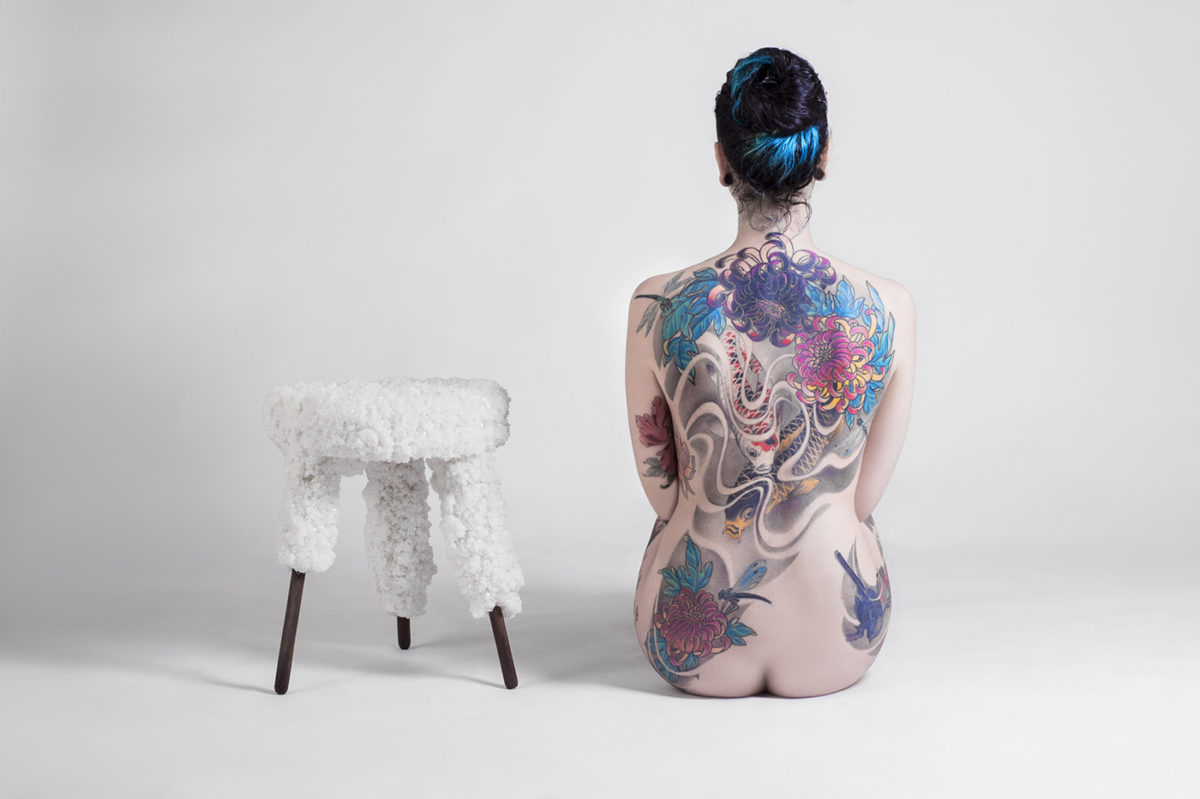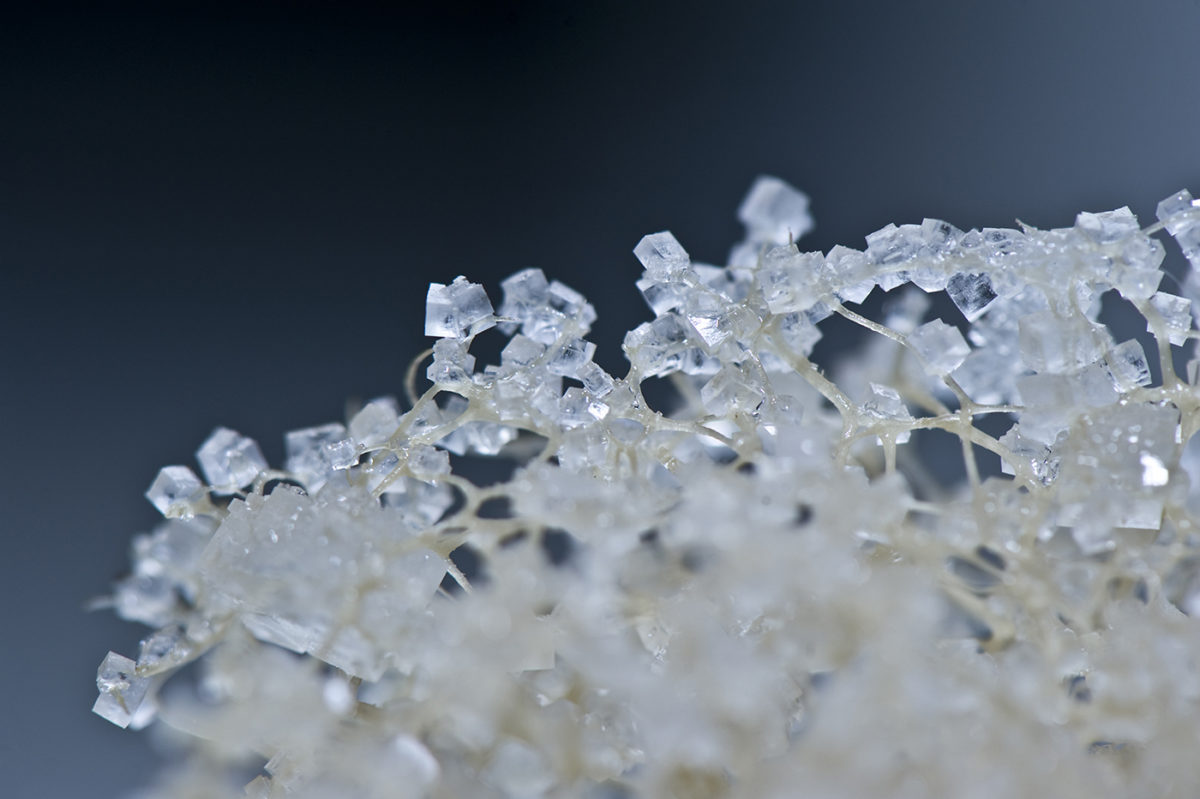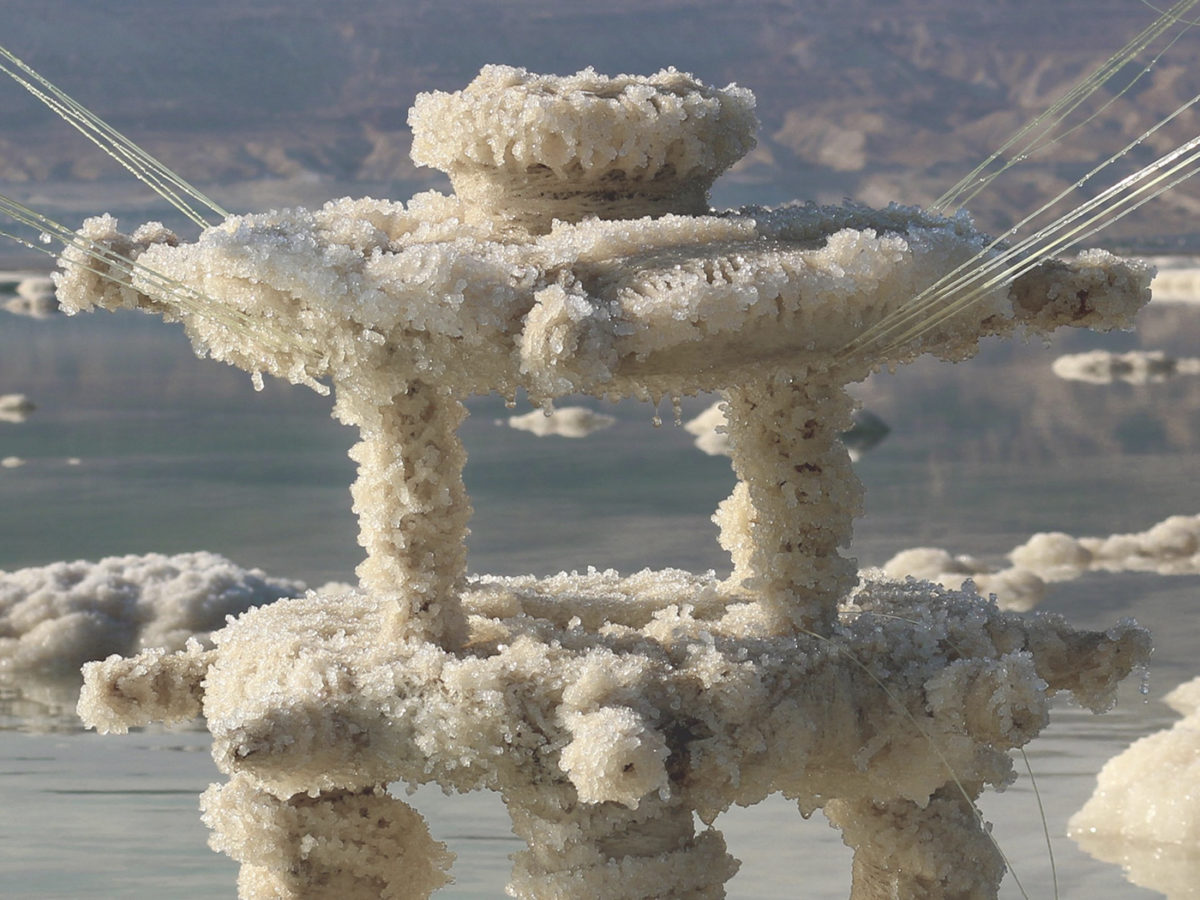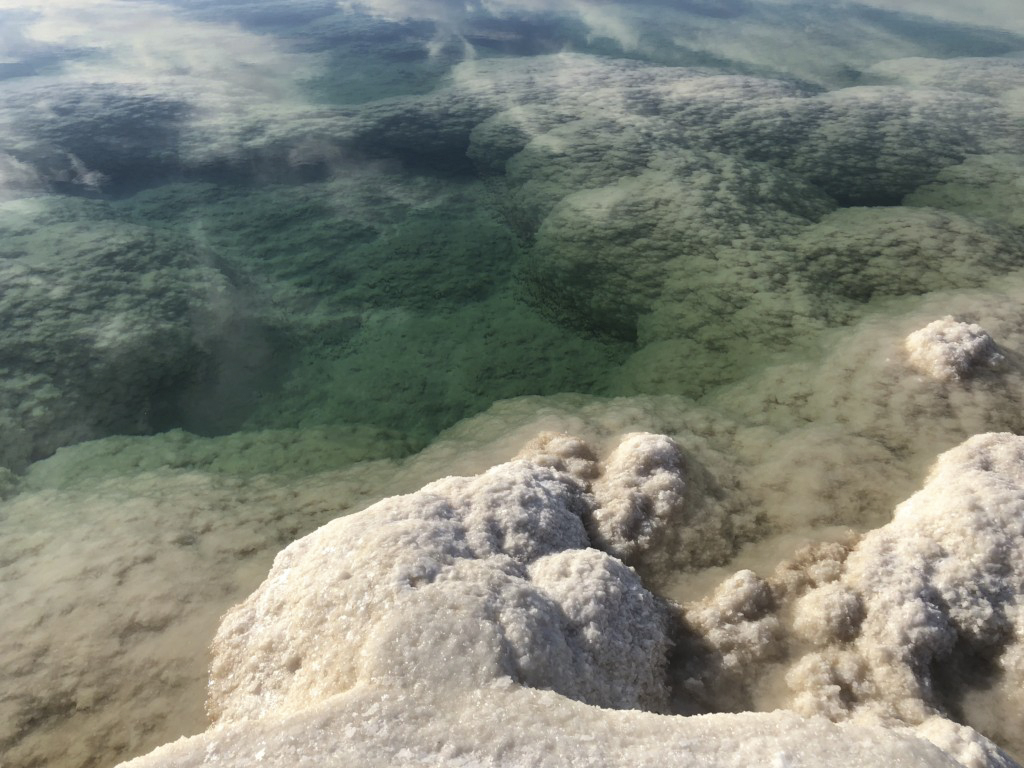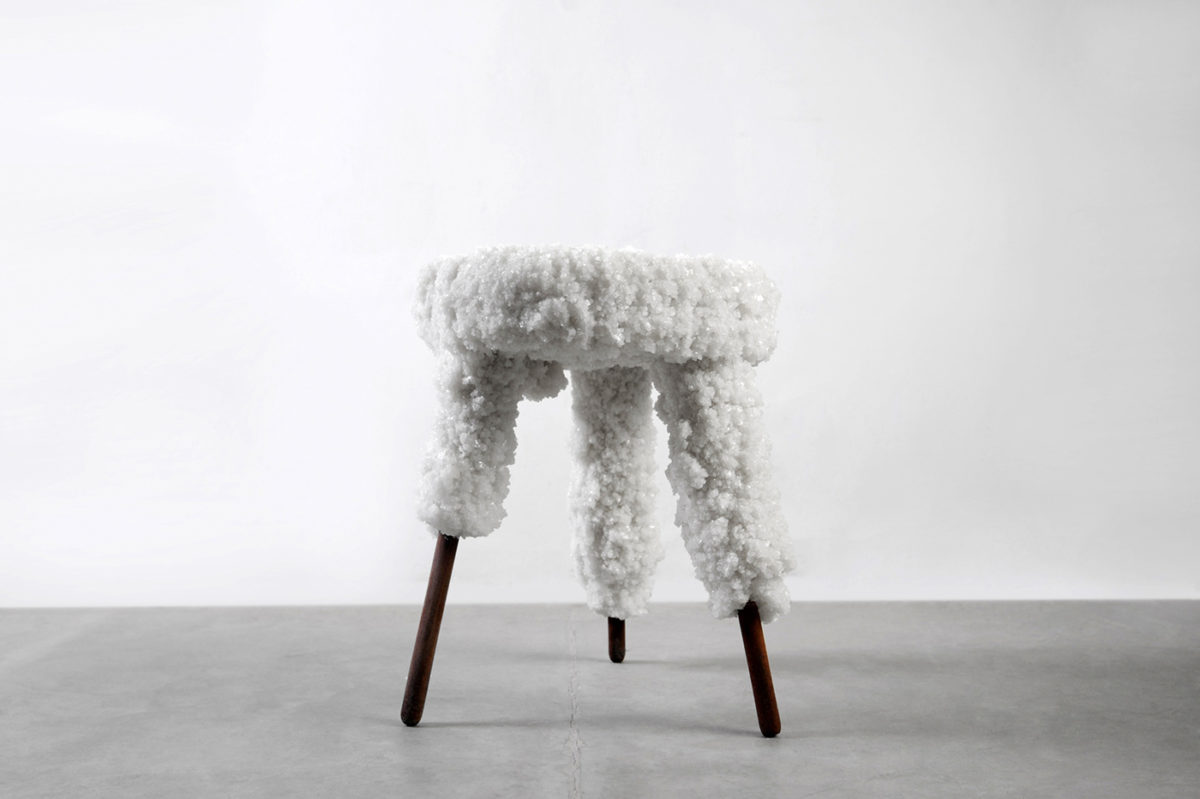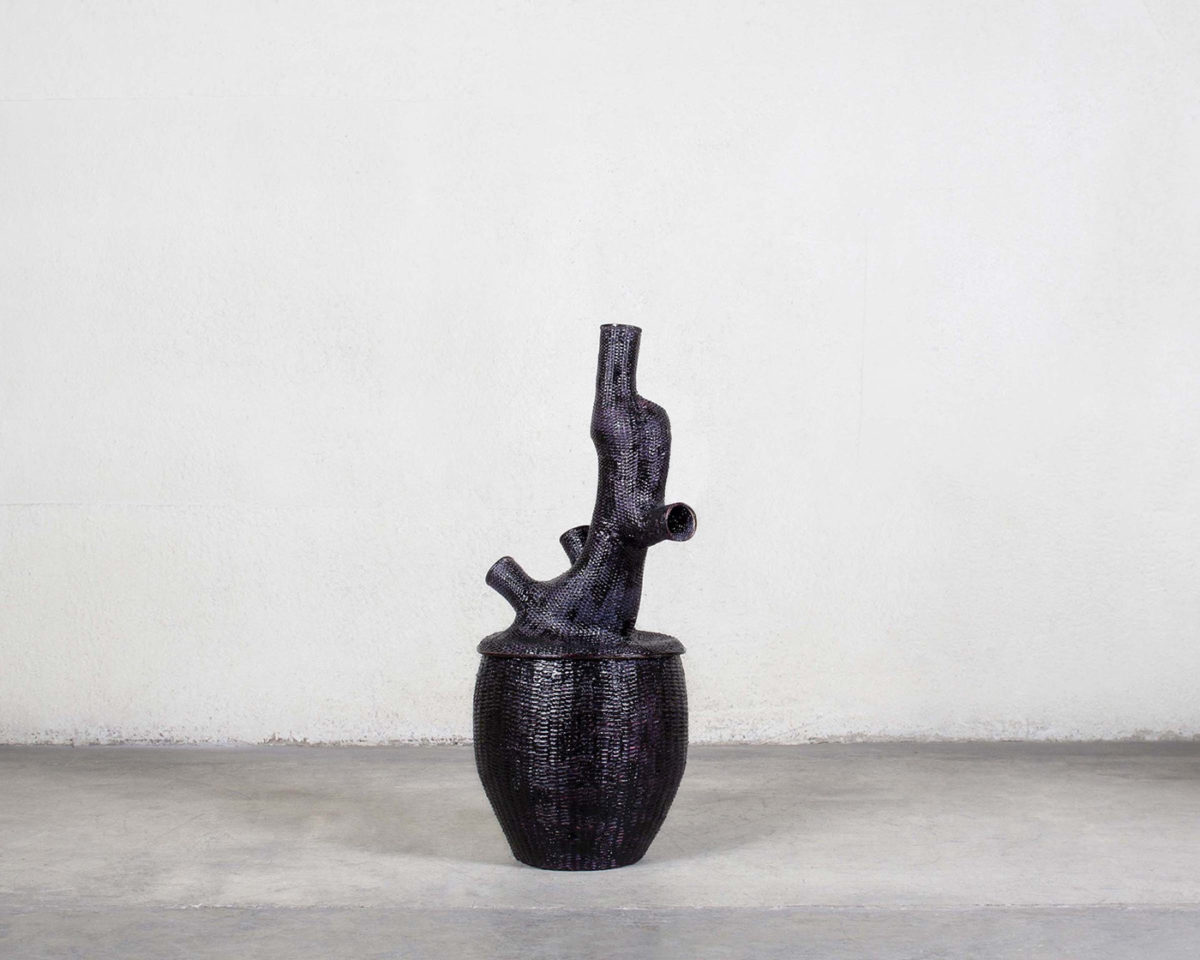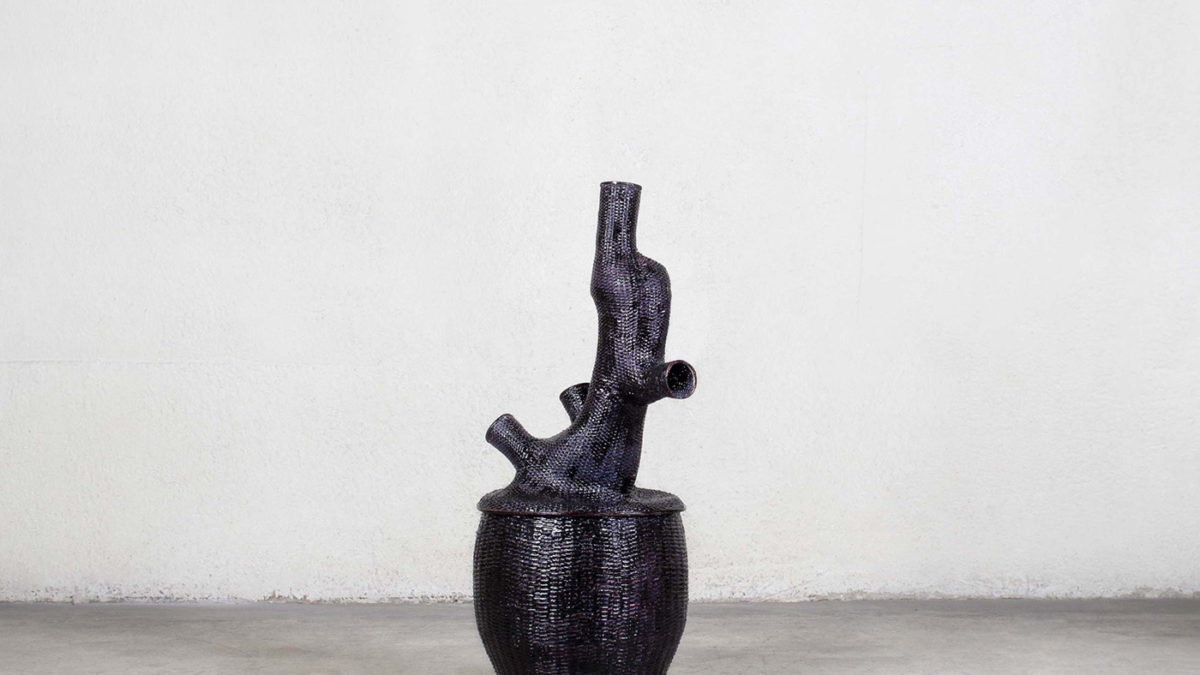
EREZ NEVI PANA
In this historical moment, the work of Erez Nevi Pana should be under a particular spotlight. Not only for his research, which aims at the production of pieces that scientifically investigate the present, but also for the use of materials and experimentations in the Design world, starting from a sustainable, 360° approach.
In 2020 design must respond to a lot of questions, such as the production and its methods, and not only focusing on the aesthetic and its mere function. The production of the objects must be aware of all the forces, humans and naturals, implied in the process itself.
Born in 1983 in Israel, he studied at the Design Academy Eindhoven with a final thesis that reflects 100% his ethics. With Salt, his final work for the Academy, the designer helps us to discover not only his country, but also his reflections about materials and their waste. Salt was born from nostalgia for Israel, homeland of Erez Nevi Pana, but it is also an answer to the salt waste itself, result of the extraction of bromine and potassium from the Dead Sea. He finds a way to give back quality to a material that has a millennial history, bonded to the humankind, with a new narrative that travels all around the Mediterranean Sea. In this way he teaches us that an existing material, apparently distant and nontraditional in the design world, could be used for the creation of object with a different scale. Thanks to this experiment, the designer starts to talk about “cities of salt” to be created all over the coast of the Dead Sea.
The natural evolution of Salt is Bleached, which moves the design process on a new level: leaving the wood covered with a sponge and immersed in salt water, the reflections on the architectural and ornamental forms of this precious material become even more intense, in the idea of preserving it as a logical consequence against waste and therefore saving it from its end. This last concept is very important for the designer who, in the exhibition “Veganism”, involves ideas and projects of other nine designers and writers on this argument. Veganism is intended as saving animal species from the exaggerated consumption of the Anthropocene. Their reflection show us that the animal oppression is not over on our plate, but is completely absorbed by our entire system, our Earth, that is in a condition of extreme abuse.
Nevi Pana explains us that consumption must not have the priority over design. In his work Waste, he creates molds for the creation of baskets from the waste he produces in one day. The result are aesthetically pleasing objects that open a reflection on our way of living: did I overconsumed? Did I reduced my carbon print? The work of this designer and his ideas are important. They push the society to reflect about the application of new technologies and materials in the design process. For too many years, our world focused only on the aesthetics, leaving behind our knowledge. We need a new consciousness, new needs and new technologies that will be part of our discipline.
V

